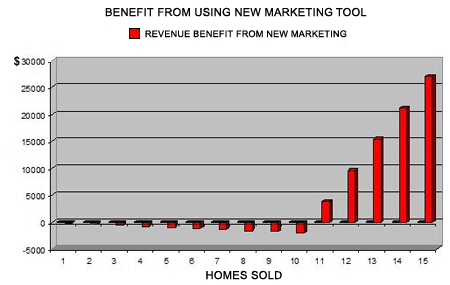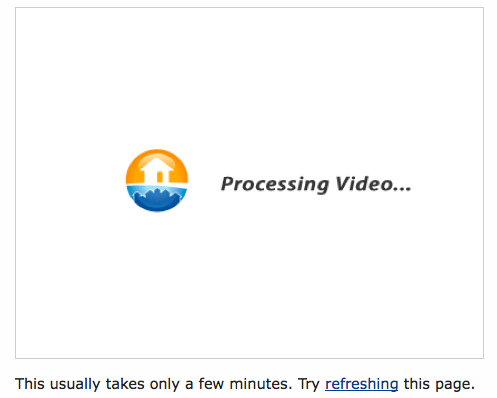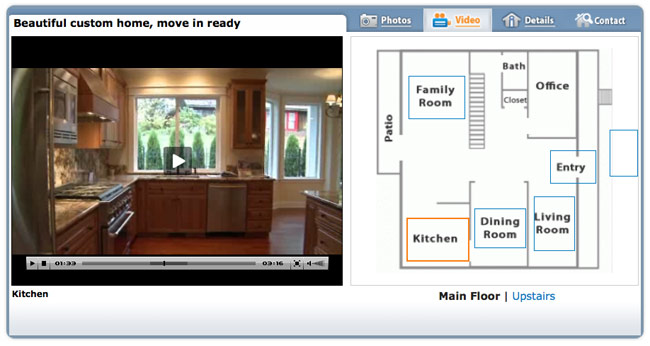To effectively sell or rent a home there are typically marketing costs involved.
Someone has to do some work to get the information that a home is for sale or for rent out to the public. How this cost is justified is up to each person. Whether they choose to use high quality flyers, postcard mailings, online marketing campaign, professional photographer/videographer, etc, – there are many costs to consider.
This marketing cost exists for both sellers and landlords. There is an opportunity cost for not selling (mortgage payments) or not renting (loss of rental income due to vacant units). Agents and landlords should weigh carefully the costs of marketing and not marketing and the consequences of both.
Let’s look at this from the agent’s perspective, but the same determination could take place for a landlord. There will just be different expenses and time frames to consider. If an agent were to sell 10 homes per year on average with their current marketing expenses, what would it take to justify additional marketing expenses?
For example:
An agent comes across some new fangled marketing tool that costs $200 per home, and says it can improve their productivity by at least 10%. If it does, the agent should be able to sell 11 homes this year, one more than normally. Assuming an average sale price per home of $300,000 and an average commission of 2%, the selling agent should stand to earn an additional $6,000 of revenue.
In order to justify this additional $200 expense per 11 homes, the agent should be able to make more revenue than their added cost. In this example, the agent stands to incur $2,200 in additional expenses (11 x $200 = $2,200), but will earn $6,000 in additional revenue giving them a profit of $3,800.
Further productivity brings the agent even better returns. So if this agent sold 12 homes in that year instead of 10, their total additional marketing expense would be $2,400, but their additional revenue would be $12,000 for a profit of $9,600. Every additional home sold that year exceeding their norm will bring this agent $5,800 more in net revenue.
Here is a table to make it a bit clearer:

Not only will the agent’s productivity increase, but so too will their marketability. As the marketing tool improves their productivity, the homes they represent decrease their time on the market. New customers will be attracted to this as they naturally want their homes to be on the market for as short a time as possible. The agent might also be able to eliminate some of their other marketing expenses increasing their profit further!
The bottom line is…
By trying a new marketing tool the agent does incur an added expense, but with a 10% or greater increase in productivity expected, this illustration shows that it would substantially pay off for them. Doing nothing new (a.k.a. the status quo) could save the agent some cash; however, they could be losing the opportunity to sell more homes. There is a risk to trying new marketing tools, but clearly if it can make you more productive, the rewards can outweigh the risks.



